Ziozia Ssts - Myeong-dong Branch [Tax Refund Shop] (지오지아 SSTS 명동점)
2.9Km 2024-04-22
6, Myeongdong 8na-gil, Jung-gu, Seoul
-
Jihwaja (지화자)
2.9Km 2024-03-18
125 Jahamun-ro, Jongno-gu, Seoul
+82-2-2269-5834
Jihwaja is a traditional Korean restaurant operated by a successor of Joseon dynasty royal dishes. Their manchan course (full course) includes menus served at royal banquets such as gungjung manchan (royal course), Jineo-byul manchan (deluxe royal degustation course), and janggeum manchan (daejanggeum degustation course) courses. The janggeum course reconstructs dishes from the drama "Dae Jang Geum." For the Jeongchan course (Set menu), they offer so galbi sura (grilled beef ribs course), jeonbok cho sura (braised abalones in soy sauce course), so galbi jjim sura (braised beef short ribs course), and haemul sinseollo sura (seafood hot pot course). Additionally, they serve milk porridge, meat and vegetable skewers, mandu, royal hot pot, and grilled marinated beef.
Haepungbuwongun Yun Taekyeong's Jaesil (해풍부원군윤택영댁재실)
2.9Km 2021-11-10
28, Toegye-ro 34-gil, Jung-gu, Seoul
+82-2-3396-5882
Haepungbuwongun Yun Taekyeong's Jaesil is a shrine house built by the father-in-law of King Sunjong of Joseon dynasty in 1906 when his daughter was proclaimed the crowned princess of Joseon and entered Changdeokgung Palace to later become Queen Sunjeong. Red pine trees salvaged from the demolition of Gyeongungung Palace were used to construct the house. It was originally located in Jegi-dong, Dongdaemun-gu, but was later restored and moved to its present location. The shrine of the house that was destroyed in 1960 was also restored.
Because the house is more of a shrine rather than residential living quarters, it has many unique features. For example, unlike other houses, it has the anchae (women’s quarters) located across from sarangbang (men’s quarters) with daecheong (living room) positioned between them.
Myeongdong Guesthouse Como (명동게스트하우스 꼬모)
2.9Km 2024-12-23
12 , Toegye-ro 24-gil, Jung-gu, Seoul
+82-2-755-5437
Como is a guesthouse in Jongno-gu, Seoul, just 3-minute’s walk away from Myeongdong Station on Line 4. Como is particularly popular with foreign travelers: staff are fluent in English and Chinese, and luggage storage is free of charge. Rooms come in different sizes to cater from single travelers to family groups, and all have a separate bathroom and toilet. Must-see local sights such as Namsan Seoul Tower, Sungnyemun Gate, and Namdaemun Market are easily reached by car or bus.
Dami Porridge (다미죽)
2.9Km 2024-03-11
38, Myeongdong 10-gil, Jung-gu, Seoul
+82-2-777-5077
Located in Myeongdong Street, Dami Porridge focuses on porridge. Their delectable porridges are made with a variety of seafood including abalone as well as mushrooms. Porridge is easy to digest and full of nutrients, so it's recommended for when you're not feeling well.
GOYONAM - Myeongdong Branch (고요남 명동)
2.9Km 2021-03-19
10, Myeongdong 8na-gil, Jung-gu, Seoul
+82-2-318-2225
This is a Korean cuisine located in Myeong-dong, Seoul. A restaurant well-known for the large meat attached to bone and 55cm-long yukhoe chobap (a dish of raw slices of beef served over pressed vinegar rice). The representative menu is grilled beef ribs.
Igamyeonok (이가면옥)
2.9Km 2021-03-18
33, Jahamun-ro, 1-gil, Jongno-gu, Seoul
+82-2-3210-3337
A cold buckwheat noodles specialty restaurant located near Gyeongbokgung (Government Complex-Seoul) Station in Seoul. Hamheung-style naengmyeon (Korean cold noodle) restaurant. The most famous menu is cold buckwheat noodles with raw fish.
Sikdang Jin (식당진)
2.9Km 2021-03-29
5, Toegye-ro 22-gil, Jung-gu, Seoul
+82-2-755-7558
This is a Japanese home-style cuisine restaurant. The best menu at this restaurant is katsudon. This Japanese (cuisine) restaurant is located in Jung-gu, Seoul.
Seoul Street Art Festival (서울거리예술축제)
2.9Km 2024-07-26
Taepyeongno 1(il)-ga, Jung-gu, Seoul
+82-2-758-2036
Seoul Street Art Festival is held throughout Seoul and introduces high quality street performances.
Jangchungdan Park (장충단공원)
2.9Km 2020-03-18
261, Dongho-ro, Jung-gu, Seoul
Jangchungdan Park is located on the northeastern foot of Namsan Mountain. On August 20th, 1895, Empress Myeongseong was killed by Japanese soldiers in Gyeongbokgung Palace and many Korean soldiers such as Yi Gyeong-jik and Hong Gye-hun died while trying to hold back the intruders. In memory of these soldiers, Emperor Gojong built the Jangchungdan Shrine in November 1900 at the current site of the Shilla Hotel guesthouse. The shrine was lost during the Korean War and the area was renovated into a park in 1919.
On September 22, 1984, Jangchungdan Park was designated the 374th neighborhood park of Korea and part of the park was merged with Namsan Park. The remaining area retained the name “Jangchungdan Park” and is still home to cultural assets such as the Jangchungdan Memorial Stone, Supyogyo, Seungjeongjeon, Gwanseongmyo, and Waryongmyo. The park is considered a landmark of patriotism since it contains the 1919 Independence Movement of Korea Memorial Stone and other monuments dedicated to people such as Han Yong-un, Yu Gwan-sun, and Gim Yong-hwan who fought for the independence of Korea.
![Ziozia Ssts - Myeong-dong Branch [Tax Refund Shop] (지오지아 SSTS 명동점)](http://tong.visitkorea.or.kr/cms/resource/21/2891121_image2_1.jpg)

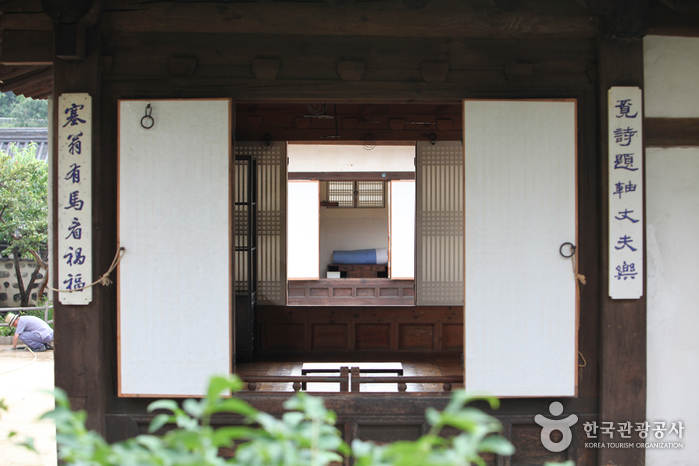
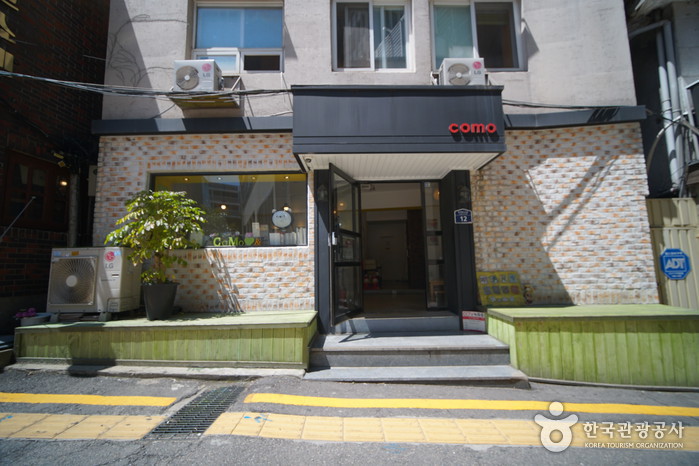
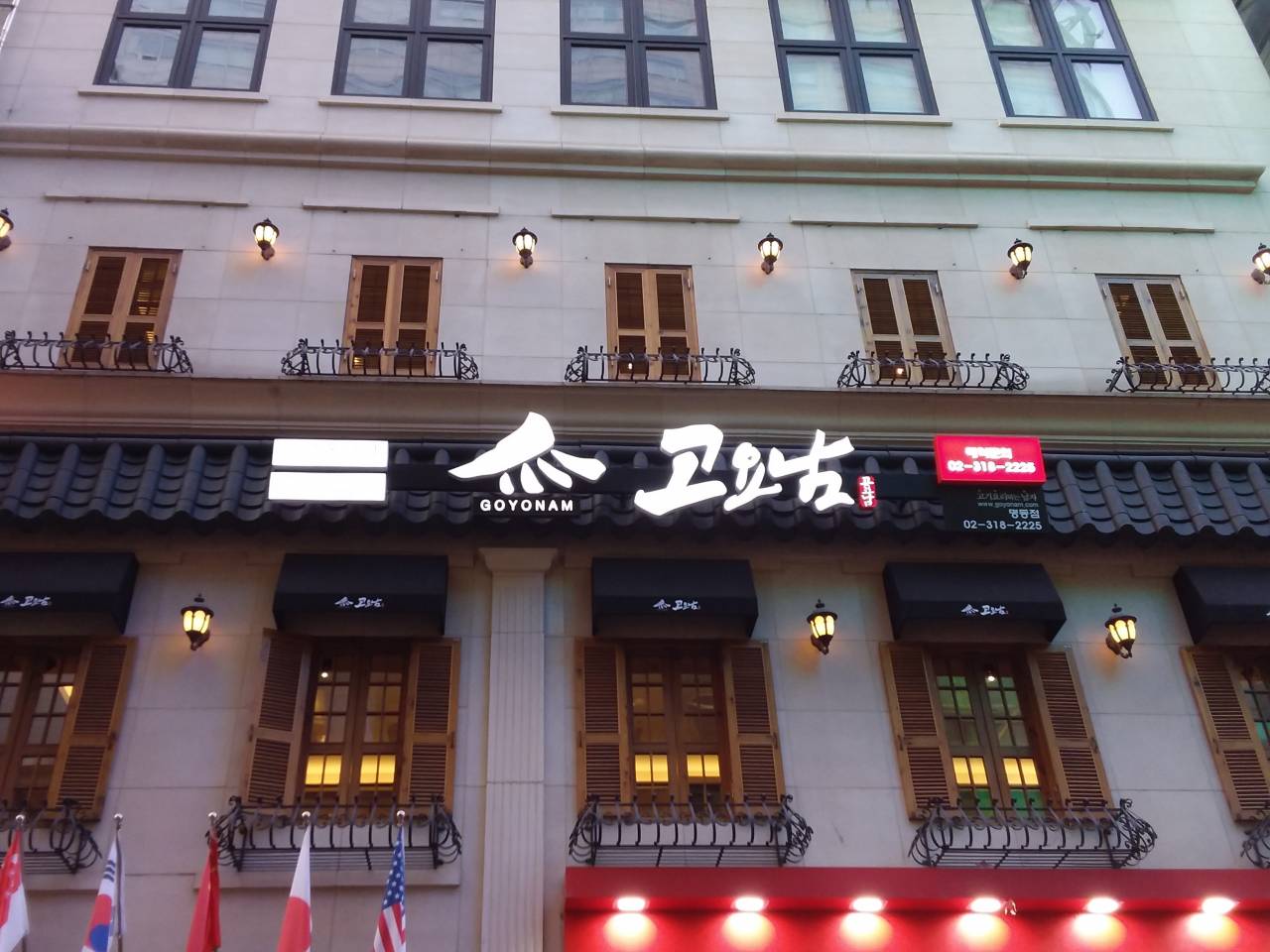
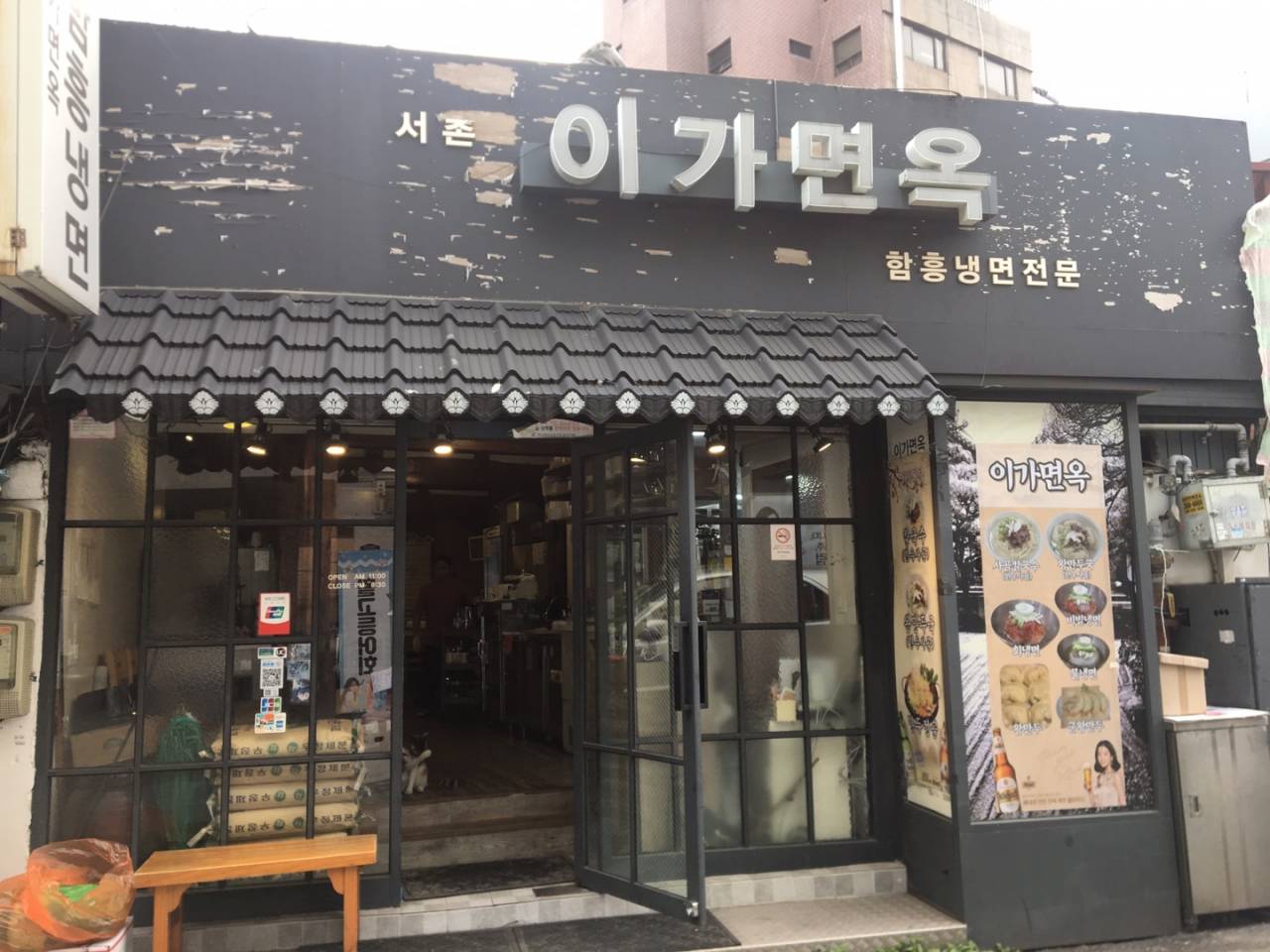
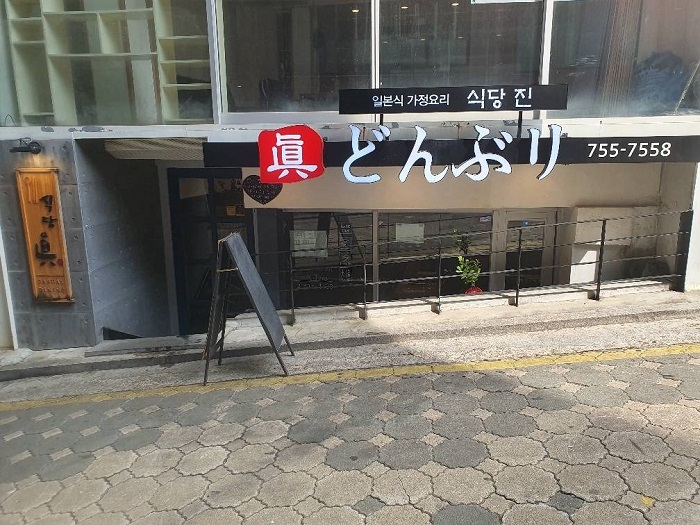
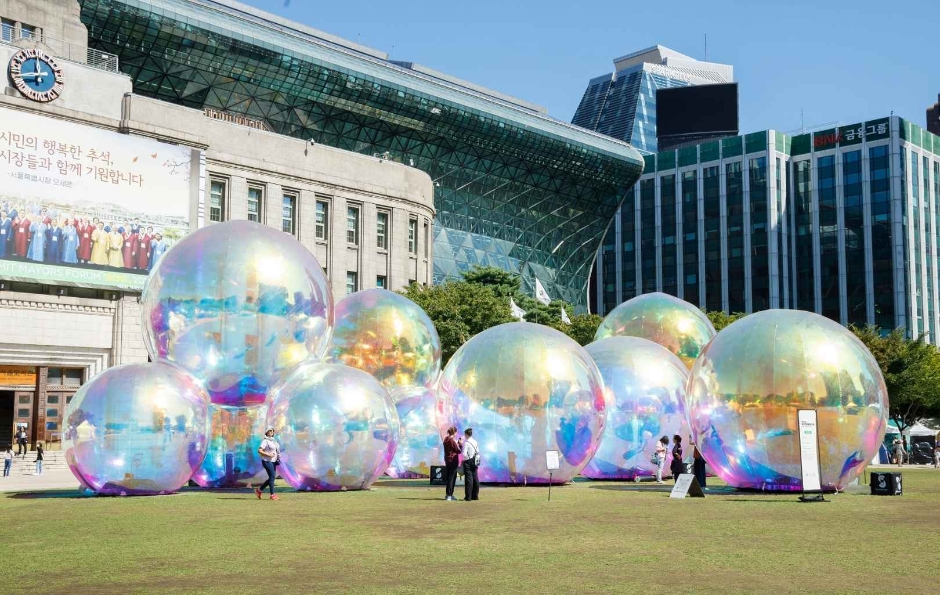

 English
English
 한국어
한국어 日本語
日本語 中文(简体)
中文(简体) Deutsch
Deutsch Français
Français Español
Español Русский
Русский